In “The Thing” (1982), John Carpenter doesn’t simply revive the alien-invasion narrative—he infects it. The film festers in its own paranoia, turning the genre inside out, stitching together a vision of horror that is less about the arrival of the other than the collapse of the self. On top of that, the movie is so much fun, and it still holds up well. Part of this has to do with the ample tension in the film—the story is on another level—and the practical effects have stood the test of time.
The film opens in the blinding white desolation of Antarctica. A dog runs across the ice, pursued by a Norwegian helicopter, shot at, and hunted. The Americans at Outpost 31 take the dog in, unknowingly inviting in something ancient and formless, something which does not kill to survive—it imitates. From there, the narrative dissolves into a study in suspicion. Who is still human? Who has been replaced? No answers. Only questions, and an increasing number of corpses.
John Carpenter’s directorial choices are as severe as the landscape itself. There is no warmth, no distractions from the increasing paranoia at the core of the film. Dean Cundey’s cinematography bathes the station in deep blues and surgical whites, while Ennio Morricone’s score pulses like a mechanical heartbeat—cold, slow, and alien. It’s worth noting that Morricone composed much of the score before seeing the film. That instinctual eeriness makes perfect sense in a story where knowledge itself is unreliable. Then there’s the creature. Or rather, creatures. Rob Bottin’s practical effects are grotesque poetry—heads sprouting legs like spiders, torsos splitting open into toothy maws, sinew stretching into impossible contortions. The monster never has a true form because it doesn’t need one. I think that is what makes this film unique: the monster is ever-changing throughout the narrative, keeping things fresh and keeping the audience on its feet.
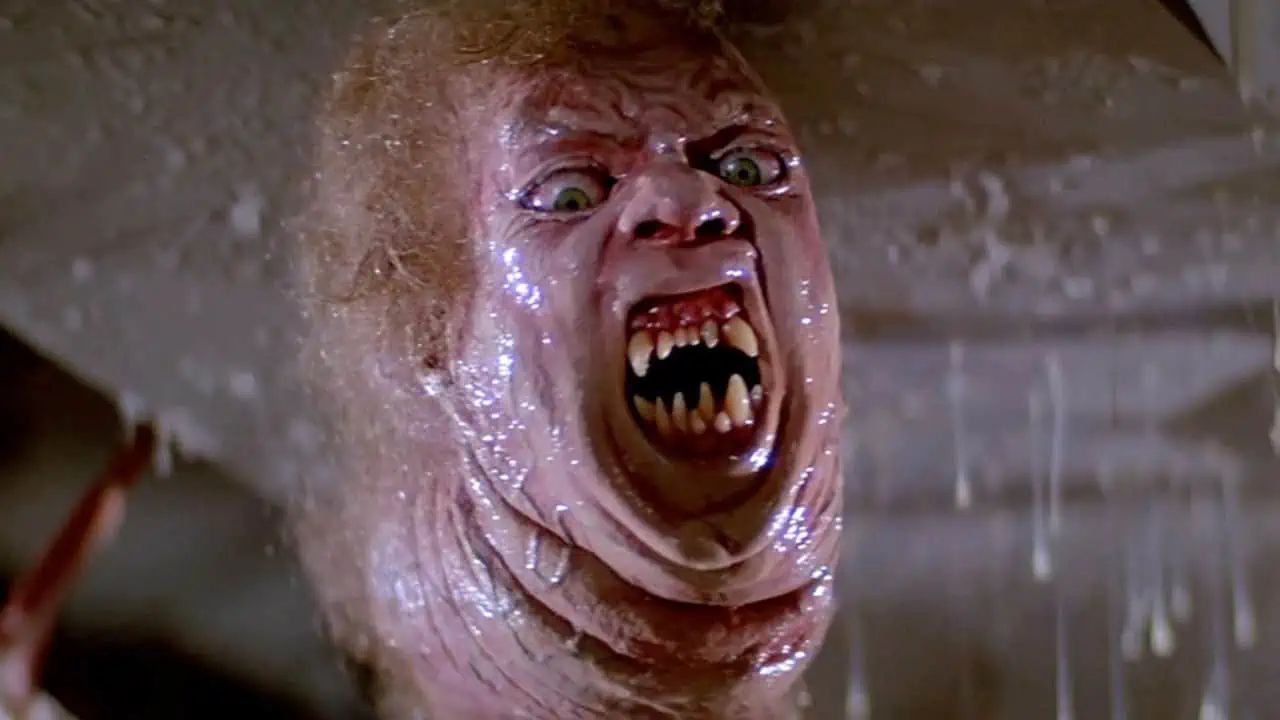
There’s a real sense of unpredictability to the way the creature operates. It could be anyone at any time. One minute, someone is alive and well; the next, they’re being devoured and replaced by something barely recognizable as human. The film never gives the audience a break. Every moment is laced with dread, not just from what we see but from what we don’t. Carpenter understands that suspense is most powerful when it’s allowed to simmer. The film leans into that, holding tension across long, quiet stretches before detonating into moments of surreal, visceral horror.
Also Read: 10 Great Horror Movies of the 1980s
But “The Thing” is not just a masterclass in special effects or tension-building. It is, at its core, a film about epistemology. Every conversation, once the monster has been spotted, becomes a test, every glance a question. How well do you know your fellow man? Could you tell if your best friend or colleague was actually an alien in disguise? Carpenter leaves us in the same position as his characters: unsure, alone, doubting even our own perceptions. The ending—with Childs and MacReady sitting in the snow, the fire dying—is not so much a resolution as a mutual annihilation. One of them may be infected.
That final scene is one of the most perfect endings in horror history. It’s stripped down, quiet, and ambiguous. There’s no final scare, no catharsis. Just two exhausted protagonists staring each other down, surrounded by fire and ice. The tension remains unresolved, and that’s what makes it so powerful. We don’t need to know what happens next—we already understand that in a world where no one can be trusted, even survival is a kind of loss.
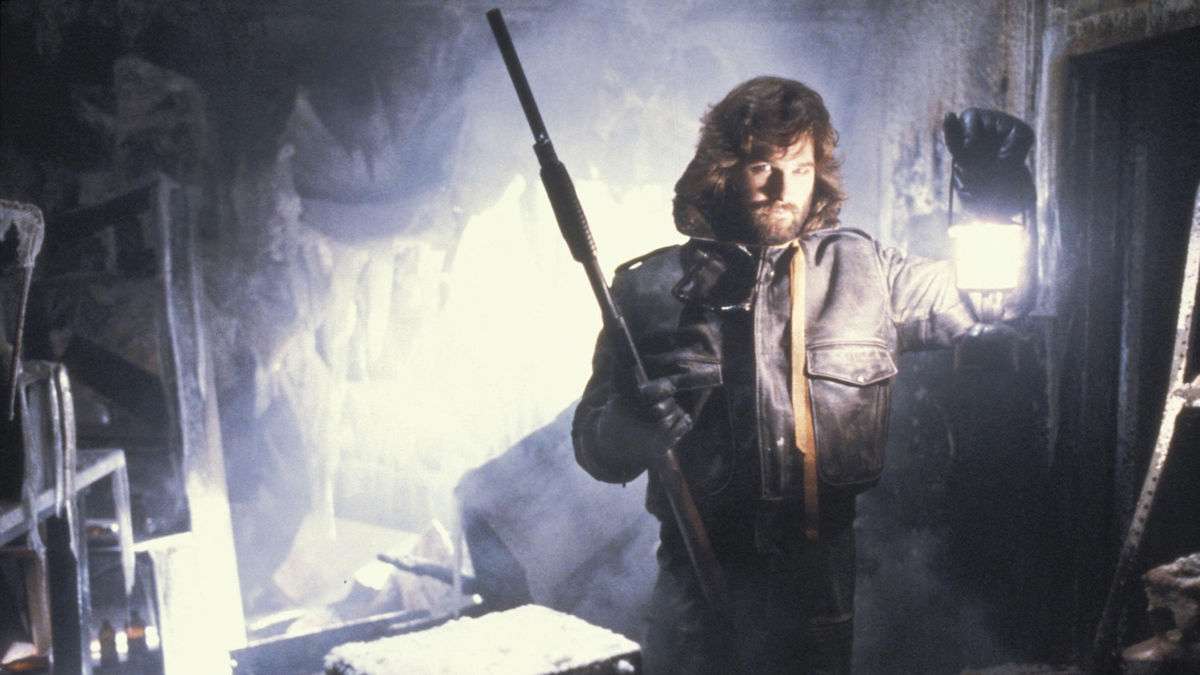
When it was released, “The Thing” was mostly reviled. Critics found it repulsive and over the top. Some saw it as a betrayal of the more optimistic sci-fi trends of the time, especially coming out the same year as “E.T.” and only a few years after “Star Wars.” But time, like ice, preserves what is too strange to be understood in the moment. And like many great works of art, this film was simply too ahead of its time to be fully appreciated by the cultural zeitgeist when it was first released.
In the years since, the film has been re-evaluated and is now widely regarded as one of the greatest science fiction horror movies of all time. Its influence can be seen everywhere—from modern creature features to indie horror and even in video games like “Dead Space” and “Among Us,” which borrow from its core premise of mistrust and hidden threats. It’s a movie that refuses to age because the fear is so primal and so universal. The idea that the threat isn’t outside but already among us—or worse, inside us—is a fear that never fades in storytelling or history.
There’s also something admirable in how stripped down the film is. No grand mythology about the alien life form, no over-explaining. We never truly learn what the thing really is or where it came from, only that it must not reach civilization. That simplicity makes it even more terrifying. It doesn’t need a backstory. It’s just there. A threat, A shape in the dark. An ever-changing bag of mirrors. And sometimes, that’s all horror needs to be. This film proves this effectively. Today, “The Thing” continues to find new audiences. It plays just as well now as it did then—perhaps even better, given the current appetite for smart, grounded horror. It’s proof that great horror doesn’t just scare us—it lingers. It waits in the corners of the mind, long after the screen goes black. “The Thing” lingers like breath in cold air—visible for a moment, then gone.



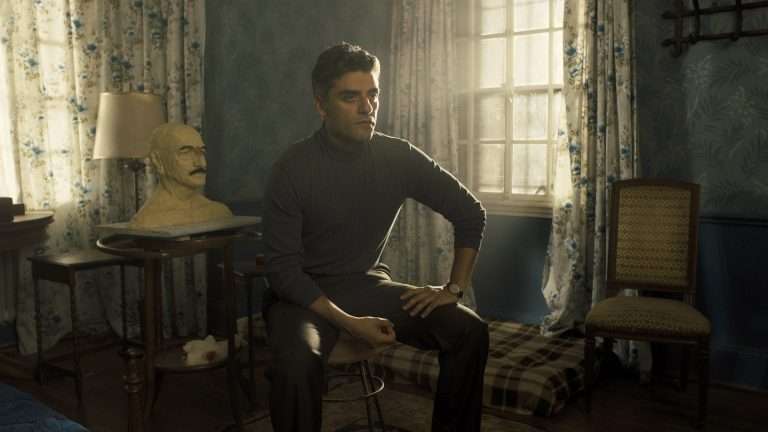
![Fledglings [2022]: ‘Locarno’ Review – A Profoundly Touching Documentary on the Visually-Impaired Kids](https://79468c92.delivery.rocketcdn.me/wp-content/uploads/2022/08/Fledglings-2022-768x432.jpg)
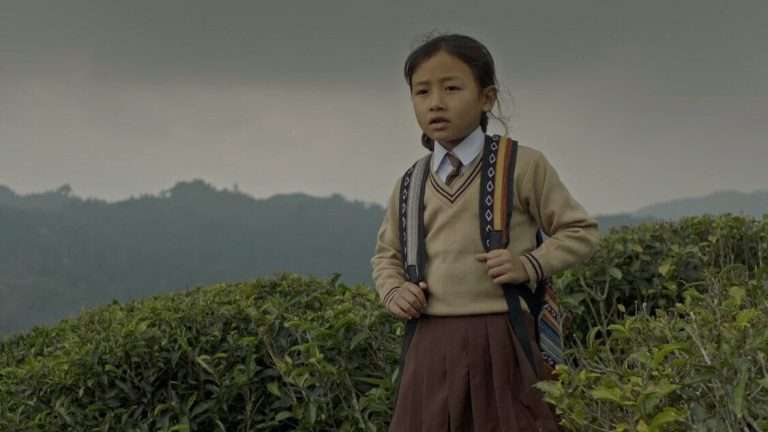
![Crimson Peak [2015]: The ‘Peak’ that turned out to be a Low Point](https://79468c92.delivery.rocketcdn.me/wp-content/uploads/2015/12/Crimson-Peak-2.jpg)

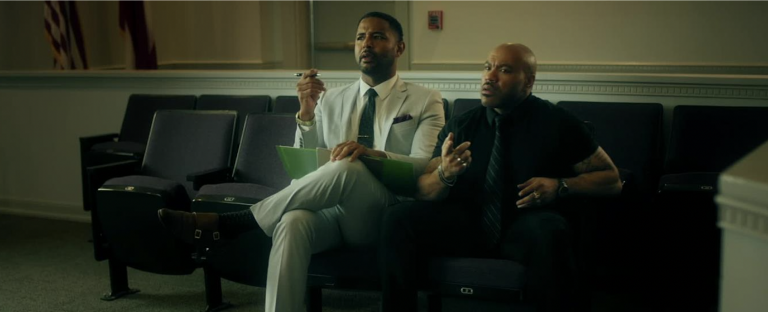
One of my favorite memories was going to see this at the cinema and having no idea what I was about to experience. Great film.
One of my favorite scenes is when they do the blood test to see who is infected.
it’s a timeless classic
My brother and I seen this when it came out can’t understand why it was a flop we both thought it was great also the original the thing from another world I have both movies lost count how many times I’ve watched them .
Probably one of my favorite movies of all time. Great piece!